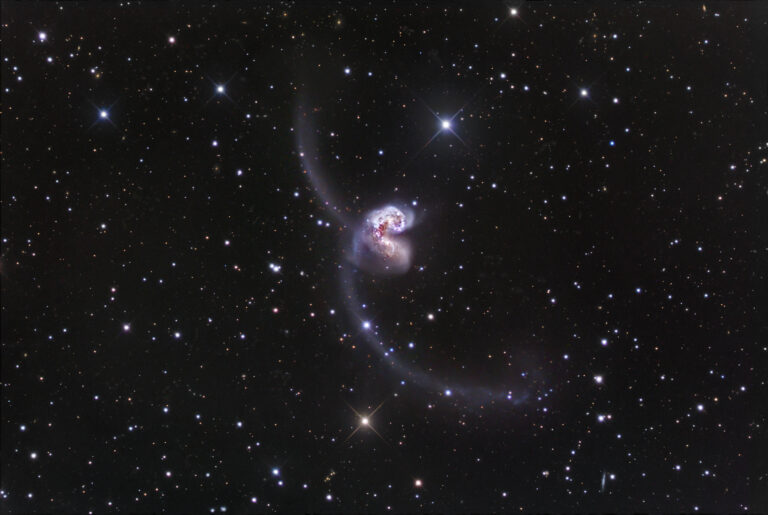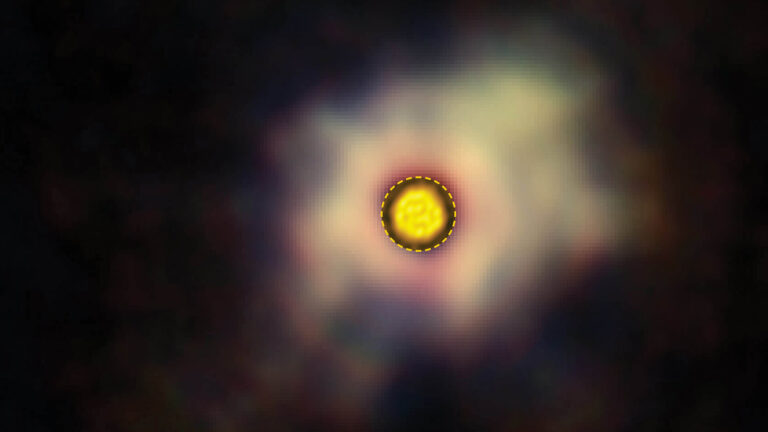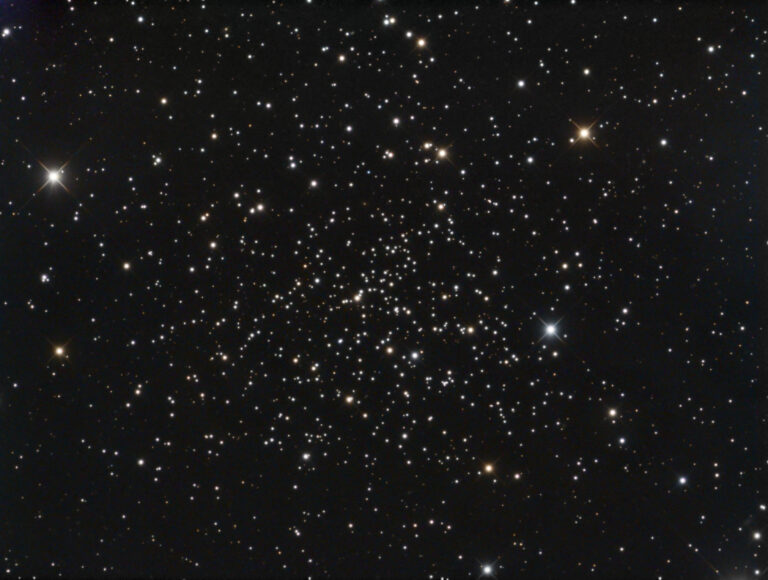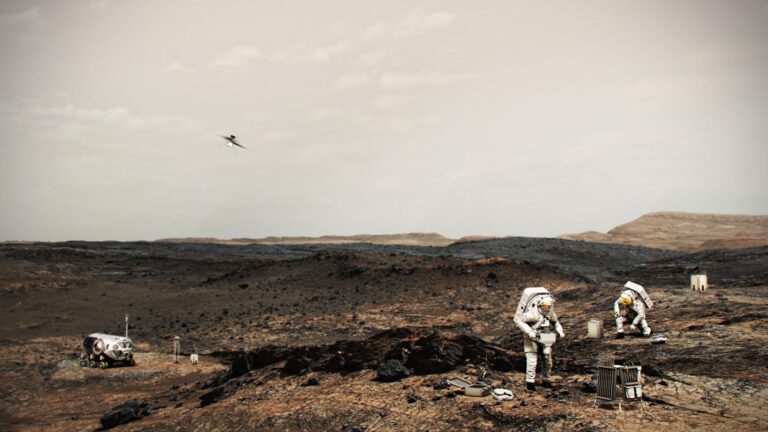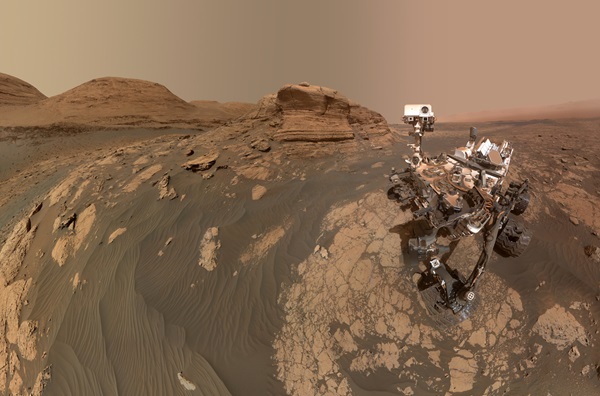
Key Takeaways:
It may seem counterintuitive, but new research shows that observations taken from a great distance, even from orbit, may allow researchers to zoom in on martian microhabitats for the tiniest forms of life: microbes too small to see with the naked eye.
The new study, published March 6 in Nature Astronomy, shows that imagery from a spacecraft orbiting Mars, possibly supplemented by aircraft data, could help scientists pinpoint the best places to search for microorganisms that might be present on the Red Planet today.
A team of scientists from NASA Ames Research Center, the SETI Institute, and other institutions carried out the detailed, years-long study in Chile’s Atacama Desert, which is considered to be one of the most Mars-like environments on Earth. The team found that a careful analysis of imagery obtained from Earth-orbiting satellites and drone aircraft could narrow down the viable search area by as much as 97 percent, which could help minimize the time astronauts or rovers on Mars spend searching unpromising locations.
This kind of targeted approach, the researchers say, could greatly improve the odds of finding biosignatures — evidence of past or present life — in future explorations of Mars or other terrestrial planets.
Is there life on Mars?
While many scientists think Mars is unlikely to currently harbor life, others point to results from the 1976 Viking landers that have been interpreted as possible evidence for microbes living at both the Viking lander sites.
The question remains unresolved. But the principal investigator for one of Viking’s life-detection tests, Gilbert Levin, maintained up until his death in 2021 that the evidence for life on Mars has only gotten stronger over the years, making it all the more important to do follow-up research in search of a definitive answer.
But where to look?
The new research was based on seeking life in a salt flat in the Atacama, where there is a variety of microbial life present. The team found that searching locations at random would produce evidence of life less than 10 percent of the time.
But using the new method they developed, which combines imagery and spectroscopy from satellites and drones that is then analyzed using machine deep learning, the researchers were able to predict search locations that yielded up to 87.5-percent success rates in finding life.
Life finds a way
How do Atacama microorganisms survive in such inhospitable conditions in the desert, where it sometimes doesn’t rain for years on end, and where intense ultraviolet radiation from the Sun tends to sterilize the surface?

It turns out that the safest habitat for cyanobacteria, also known as blue-green algae, is inside desert rocks, particularly in a form of gypsum known as alabaster. When a piece of alabaster collected from promising locations is cracked open, it will typically reveal a greenish layer just below the rock’s surface — far enough inside to be protected from the deadly UV radiation, but close enough to the surface that the cyanobacteria still get enough visible light through the translucent rock to be able to carry out photosynthesis.
Kimberley Warren-Rhodes, who is a biologist and ecologist at NASA’s Ames Research Center and the SETI Institute, led the team that developed the new remote detection system for finding microhabitats. She tells Astronomy that the new technique is aimed to be a step toward the kind of capability embodied in Star Trek devices, where “you bring out your little Tricorder, and you’re like okay, is there something alive out there or not?”
Warren-Rhodes has been wishing for such a device through the thousands of laborious hours she has spent over the years searching for signs of life in Earth’s driest places. This new study is “kind of a first step” toward such a capability, she says.

Pinpointing life on Mars
The location the researchers chose for this study, Salar de Pajonales, is a large salt flat, the remains of a long-ago dried-up lakebed. Such environments are of special interest to those hoping to find signs of past or present life on Mars because Earth microbes known as halophiles (“salt-loving”) are known to survive in such environments, and their remains can be very stably preserved for long periods in the mineral deposits.
Warren-Rhodes points out that we already have very good tools — in the form of well-equipped orbiters currently circling Mars — for finding the larger-scale regions that could be of interest for biological searches. One such location is Jezero Crater, which is currently being explored by the Mars rover Perseverance. But within those large regions, there’s little to guide a rover to the best potential microhabitats.
“Once they’re on the ground, you have a lot of different choices, you have this whole landscape in front of you, like in the Atacama, and you get to pick like 10 places that you get to sample,” says Warren-Rhodes.
The new work, she hopes, will be a step toward developing a whole set of criteria for guiding that last bit of the exploration process. The team hopes that the process they used in Salar de Pajonales will be repeated in other places, including other Mars-analog sites on Earth, to develop a catalog of features and signatures to focus on when searching for life elsewhere.
After learning exactly what kinds of environments turned out to be most favorable as microhabitats, Warren-Rhodes says, she has learned to visually spot these places on the ground. This means she can walk straight to a spot of interest, pick up a rock, and have high confidence she’ll find microbial life inside. The team hopes that this kind of research will provide a similar headstart for future Mars rover planners as they search for the best places to sample.
“That’s what we want to do,” she says. “We want to make it easy.”
[Correction: A previous version of this article incorrectly stated the study was published in the journal Nature. The study was published in the journal Nature Astronomy.]




